SCRUM Explained: An Agile Framework for Successful Software Development.
 Shoyeab
Shoyeab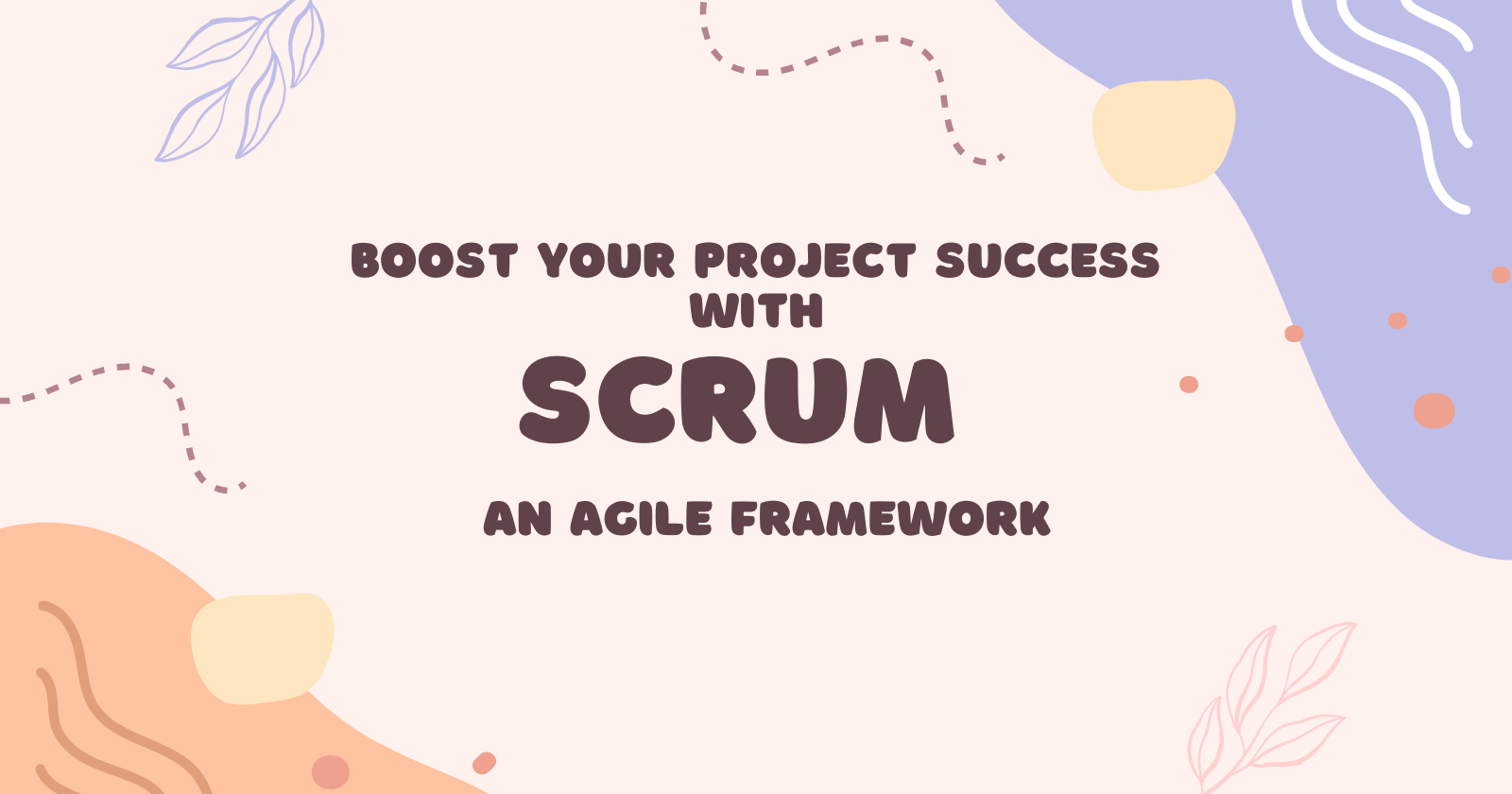
Table of Contents
Introduction to SDLC
Understanding Agile
Benefits of Using Agile in the Industry
Types of Agile Methodologies
Introduction to SCRUM Framework
Components of the SCRUM Framework
SCRUM Roles (Product Owner, SCRUM Master, Development Team)
SCRUM Artifacts (Product Backlog, Sprint Backlog, Increment)
SCRUM Events (Sprint Planning, Daily SCRUM, Sprint Review, Sprint Retrospective)
Real-World Example of SCRUM in Action
- Case Study: Implementing SCRUM in a Software Development Project
SDLC (Software Development Life Cycle)
The Software Development Life Cycle outlines the series of phases for creating a software product that is both expandable and satisfies customer needs.
SDLC has different models based on the project requirements, deadlines, professional teams, project size, etc.
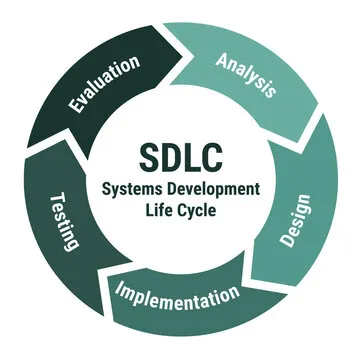
Types of Models in SDLC:
Waterfall Model
Iterative Model
Spiral Model
BigBang Model
V model
Agile Model
RDA Model
Agile Model:
It is a combination of iterative and incremental process models.
Core Values and Principles:
Individuals and interactions over processes and tools
Working software over comprehensive documentation
Customer collaboration over contract negotiation
Responding to change by following a plan
Methods:
Some Focus on the practices: Eg: XP(Extreme Programming)
Some Focus on managing the flow of work: Eg: Scrum, Kanban
Some support activities for requirements specification and development (e.g., FDD(Feature-driven development))
Some seek to cover the full development life cycle (e.g., DSDM(Dynamic systems development method), RUP(Rational unified process))
SCRUM:
Agile Framework for managing and completing complex projects. It is based on iterations called sprints, usually lasting 2-4 weeks.
Components:
Roles:
I. Product Owner: They manage the product backlogs, prioritize the items, and ensure the team understands the work required. They focus on 'what' and 'why' not on 'how'
II. Scrum Master: Helps the team follow scrum practice and ensure the team is productive.
III. Development Team: A team of professionals who create products.
Artifacts:
I. Product Backlog: Prioritised list of features, enhancements, bug fixes, and other requirements.
II. Sprint Backlog: A list of tasks to be completed during a respective sprint.
III. Increment: Sum of completed backlogs during a sprint. Think of the items that are done during the sprint.
Events:
I. Sprint: A period of(2-4 weeks) during which the team works on a set of tasks.
II. Sprint Planning: A meeting at the beginning of the sprint where the team selects tasks from the product backlog and completes them during the sprint
III. Daily Scrum: A 15-45 min meeting where the team updates the report of the current sprint. Team member has to answer three important questions ( What did I do yesterday?, What will I do today?, Are there any impediments in my way?)
IV. Sprint Review: A meeting at the end of the sprint team presents the completed work to stakeholders.
V. Sprint Retrospective: A meeting after sprint review where the team reflects on the past sprint to identify and agree on the continuous process improvement.
Example of SCRUM in action:
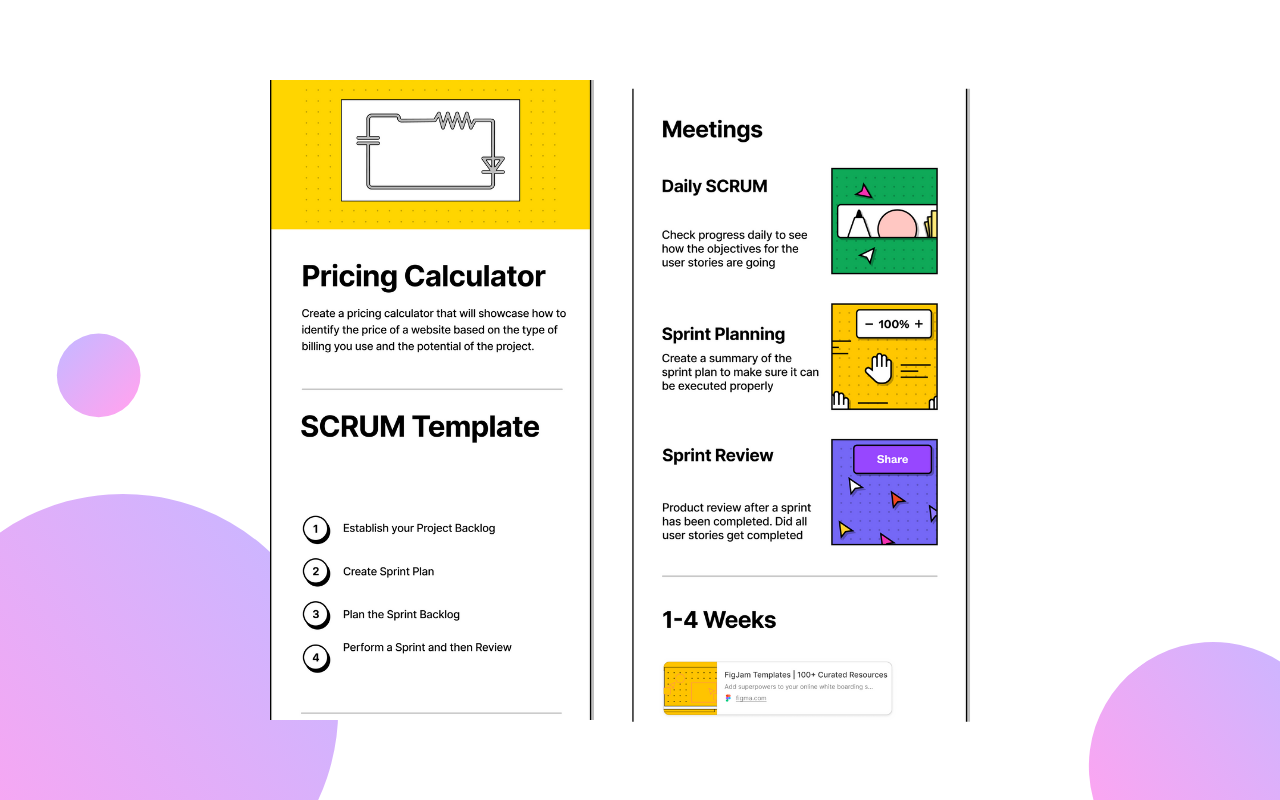
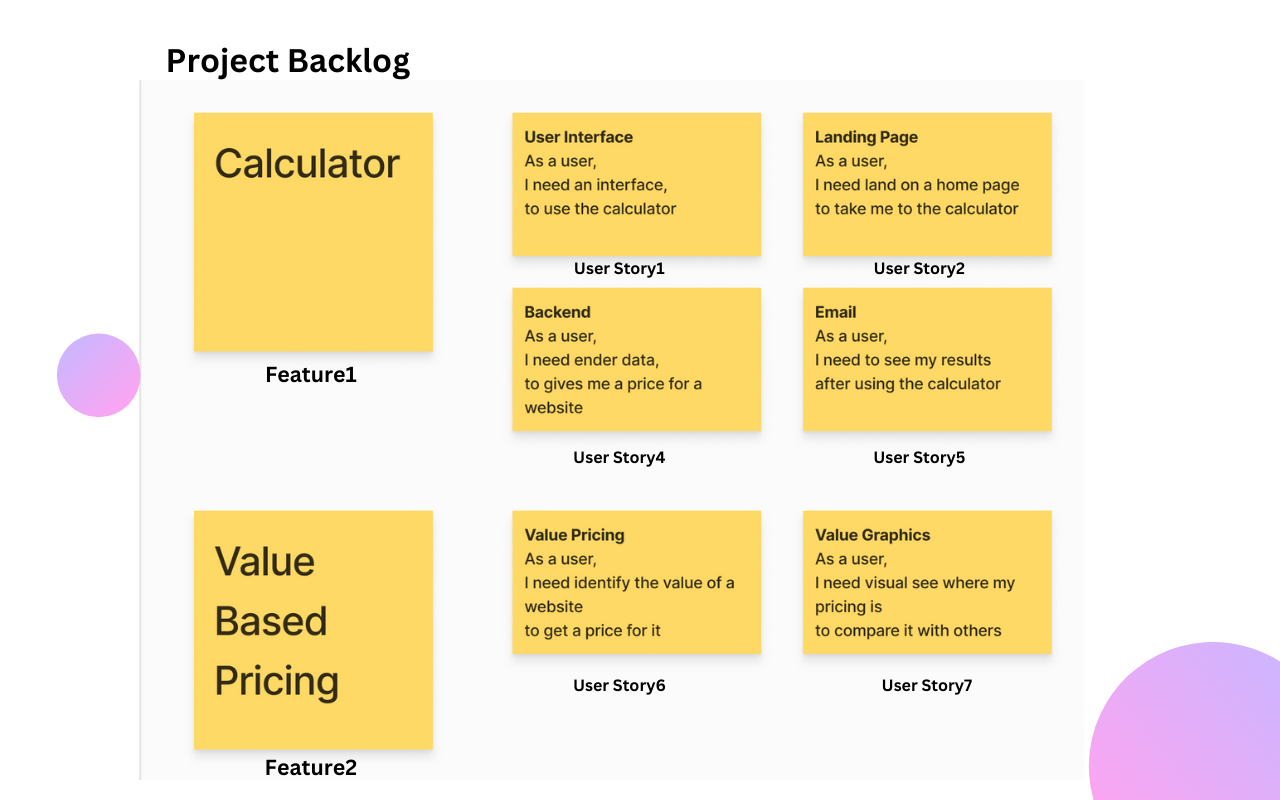
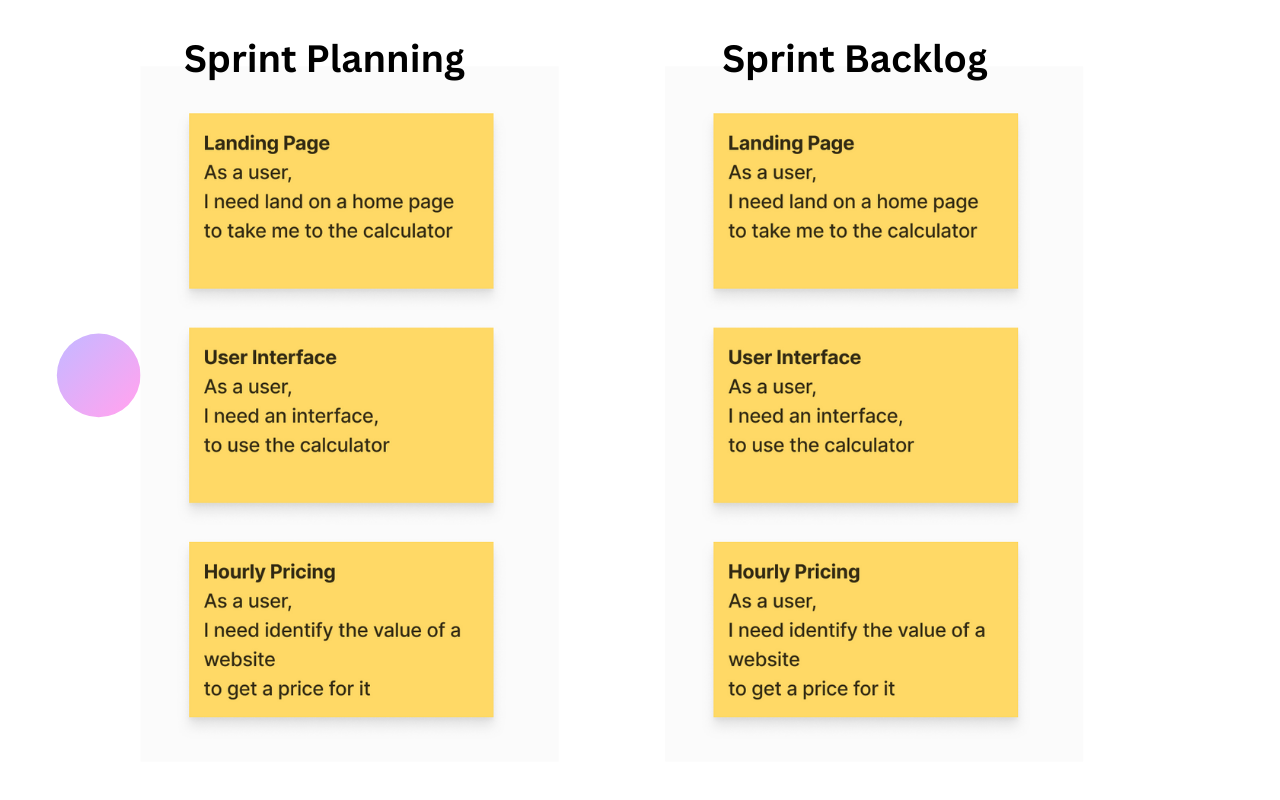
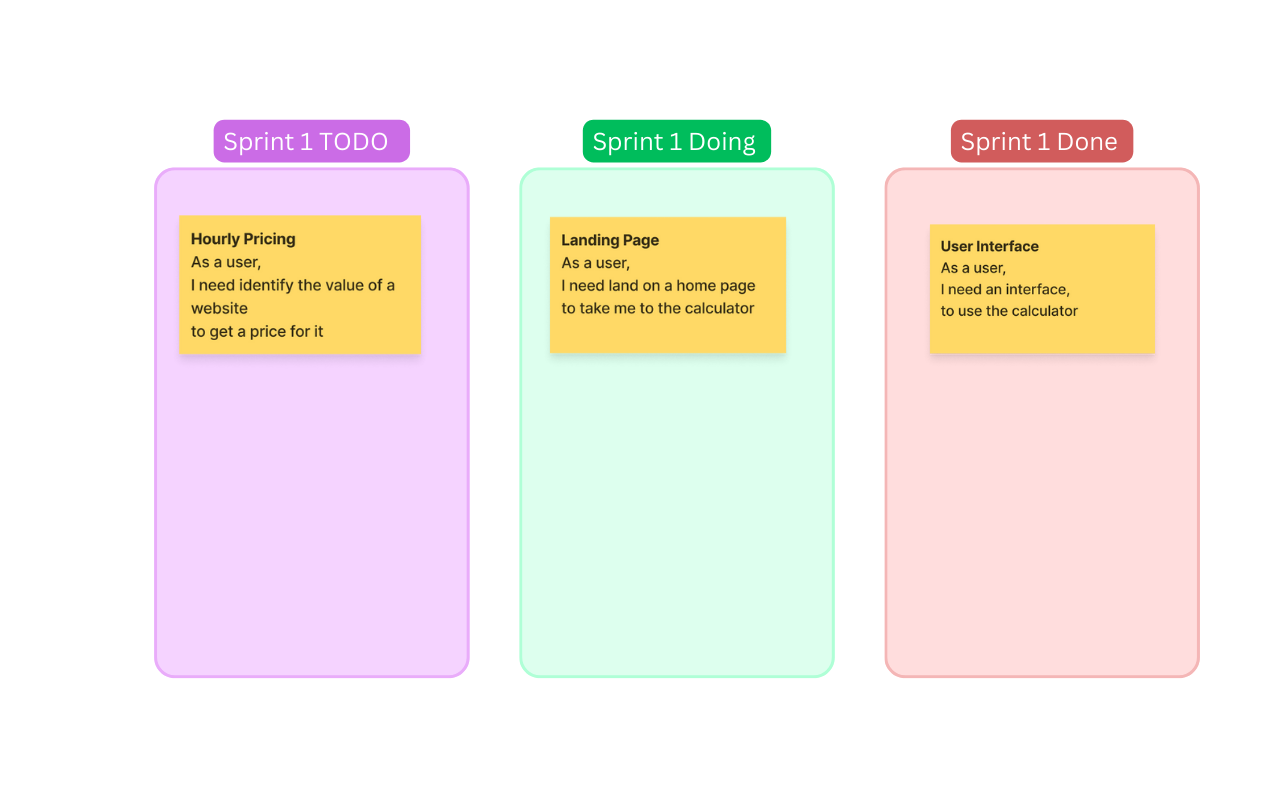
If any queries I'll meet you on LinkedIn
Subscribe to my newsletter
Read articles from Shoyeab directly inside your inbox. Subscribe to the newsletter, and don't miss out.
Written by

Shoyeab
Shoyeab
Passionate about building Web and mobile applications. Join me as we dive into the world of Tech!